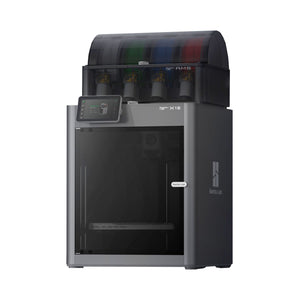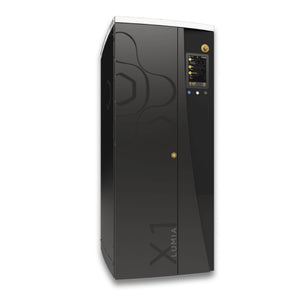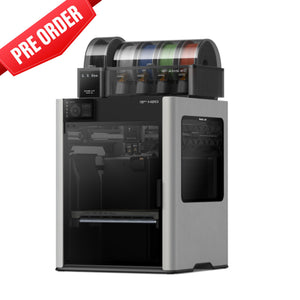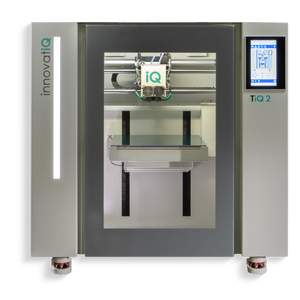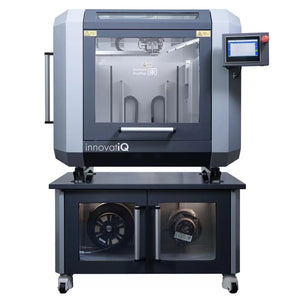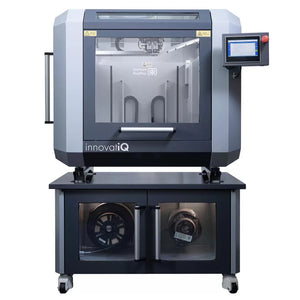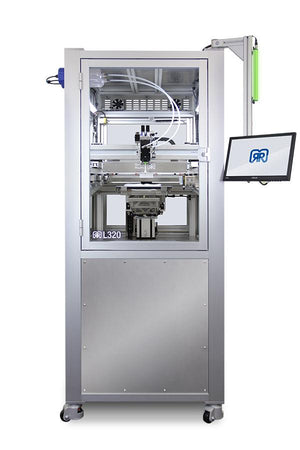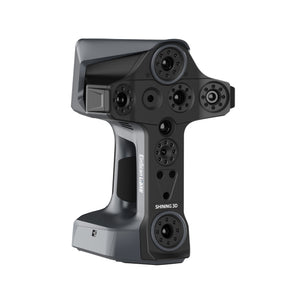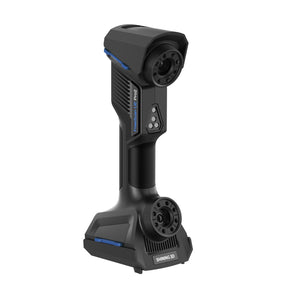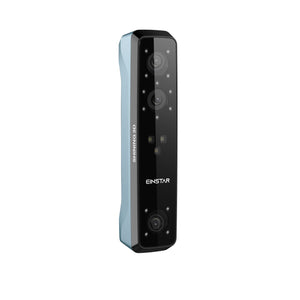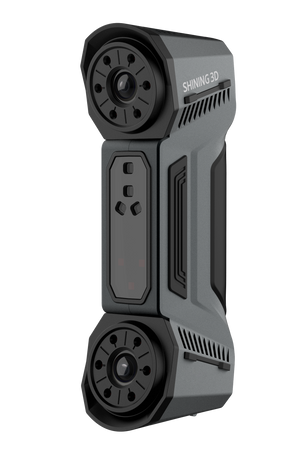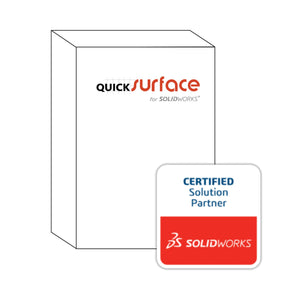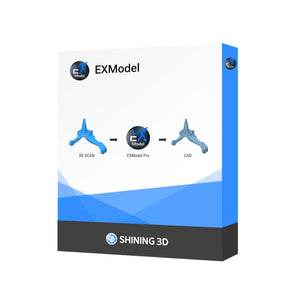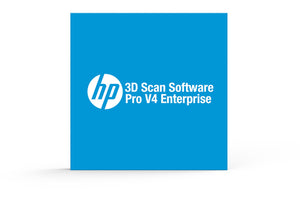Jan 01, 2022
Predictions for 2022
In 2021 many companies were plagued with global supply chain issues and shipping delays, which will continue to play out over the next several years. With an eye to the future, the most innovative businesses have turned to additive manufacturing to supplement their production via outsourced service bureaus or with the acquisition of new 3D printing equipment for in-house production.
In 2022, we expect to see more companies adopting additive manufacturing as a practical alternative to traditional manufacturing methods like injection molding or CNC. With strong parts, fine details, quick turnaround times, onshore production, and the elimination of tooling expenses additive manufacturing gives companies an opportunity to produce better products more quickly and efficiently than ever before, without the inherent risks of global supply chain and shipping delays.
At 3DChimera, we have already begun to see engineers and executives alike inquire about the additive manufacturing technology and materials to find the best fit for their applications, and we expect to see this demand soar in 2022.
We also expect to see growth in Design for Additive Manufacturing (DfAM) training and in automated post-processing equipment for 3D printed parts. These new skills and tools will help to make a smooth transition to Additive Manufacturing for companies that are adopting this technology at scale.
About the Author:
 |
Alex is a Co-Founder & CEO @ 3DChimera, a Miami-based supplier of Advanced Manufacturing Equipment including 3D printers, 3D scanners and 3d software. Alex’s company, 3DChimera, was selected as one of the Top 10 3D Printing Service and Consulting companies in the USA by Manufacturing Technology Insights in 2019 & 2020. 3DChimera has helped organizations around the US to select and utilize Advanced Manufacturing Equipment across many different industries having worked with 1000+ Businesses and 100+ Universities since its inception in 2013. Notable clients include Adidas, Bosch, Toshiba, MIT, Sandia National Laboratory, Hewlett Packard, the US Army, Boeing and the Harvard Design School. |


